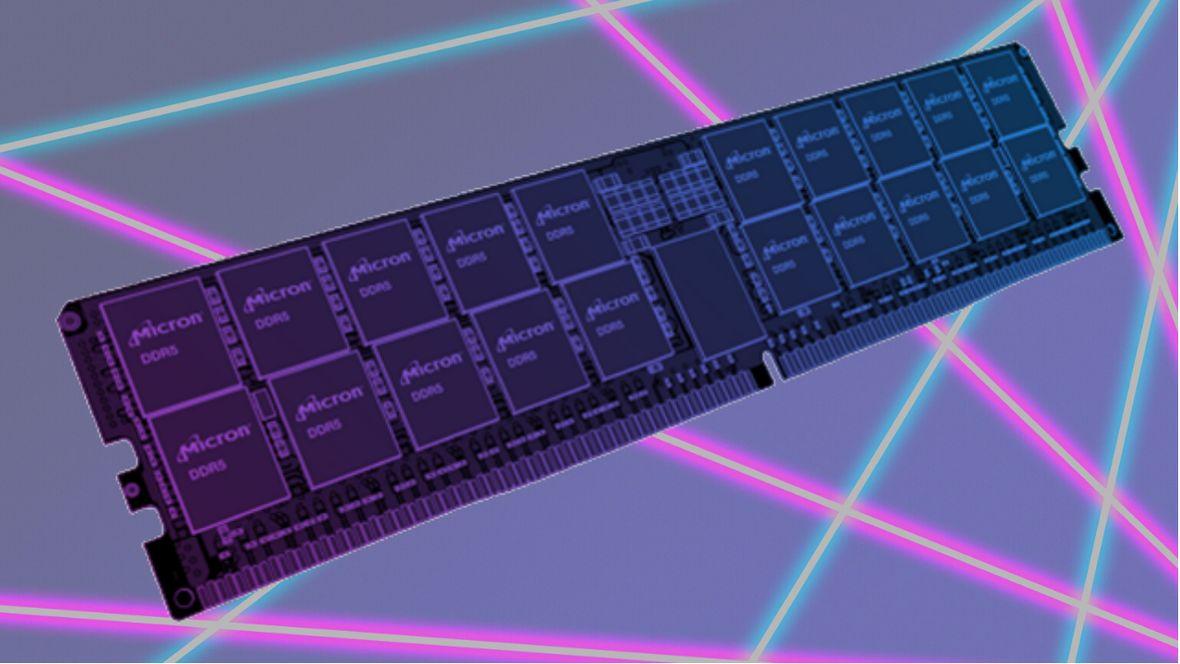A few months ago, the Intel Core processors 12th generation, being the first to support the DDR5 RAM memory. The problem with this new standard of RAM memory is the high price and the lack of stock. Currently, the Stock DDR5 memory is practically nil and the price doubles that of DDR4 memory. But will this situation improve in the coming months?
According to the specialized media DigiTimes, it seems that manufacturers are starting to mass produce DDR5 RAM modules. The reason for this movement would be given by the server market. It seems that the components that accept this new standard are multiplying. This forces RAM manufacturers to focus on producing these new memories.
It looks like the price of DDR5 memory will drop by the end of the year and the stock will improve
Although it may seem irrelevant, the fact that DDR5 RAM is adopted for servers is important for the gaming sector. It assumes that manufacturers leave aside the manufacture of DDR4 solutions.
It looks like the gap between supply and demand for DDR5 will narrow throughout the year. As the stock improves, we should see an improvement in prices. Thanks to this price drop, the new DDR5 standard should begin to be adopted massively.
The first processors to support this new standard were Intel Alder Lake. But the real adoption of these new memories should come later this year. Until then, 13th Gen Intel Raptor Lake processors and processors will arrive. AMD Ryzen 7000
Point out that the Intel Raptor Lake processors, like Alder Lake, will support DDR4 RAM. Everything indicates that AMD’s Ryzen 7000 will also support the DDR4 standard.
Predictably, the DDR5 standard should remain, due to its price and lack of stock, for the enthusiast range. Although a price reduction and stock improvement will be noticed, it will still be more expensive than DDR4.
Intel: early adoption of DDR5 and PCIe 5.0?
Alder Lake, also known as 12th Gen Intel processors, supports DDR5 and PCIe 5.0. But has the company wanted to run too much? Due to the low amount of stock and the high price of DDR5 and the non-existence of PCIe 5.0 products, it seems so.
Perhaps the adoption of these technologies has more to do with the 13th generation than with the current 12th generation. As expected, Intel is returning to its Tick-Tock structure (which has nothing to do with the social network). We are talking about a first generation of processors with a new lithography and a second generation with this improved lithography.
Raptor Lake (13th Gen) will be Intel’s family of 10nm lithographic output processors. For these processors, there will be DDR5 stock and the prices would be better. We should also see the first M.2 NVMe SSDs based on PCIe 5.0. This indicates that early adoption would come as Intel reverts to its manufacturing strategy lost for years due to its stagnation in the 14nm node.









